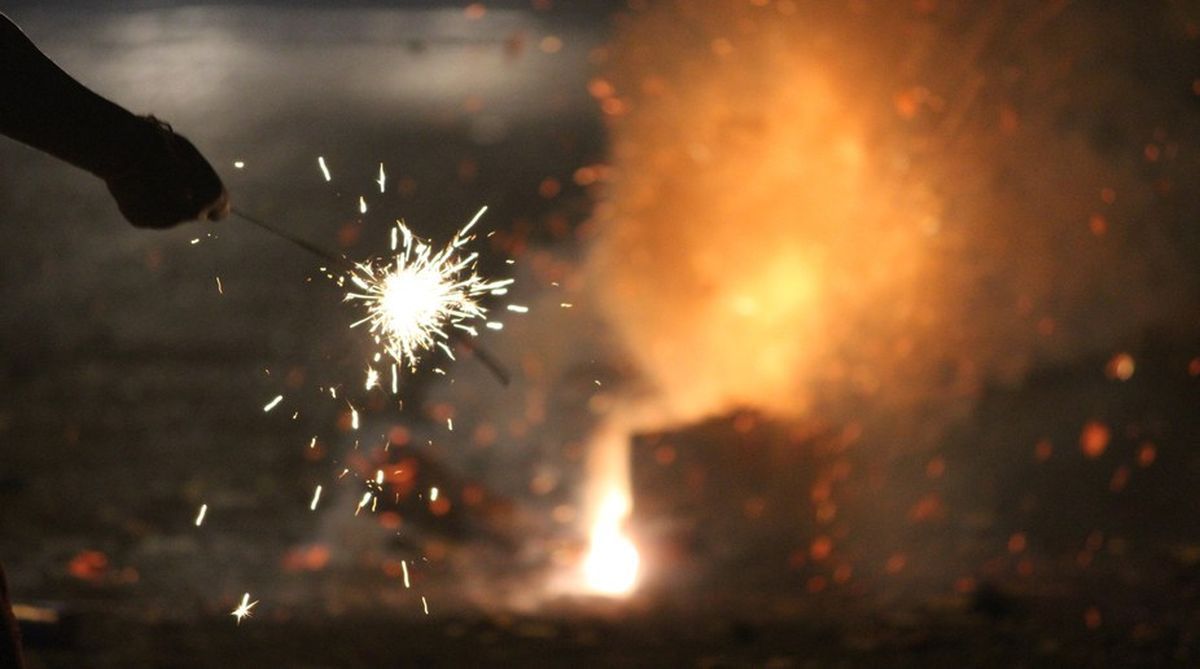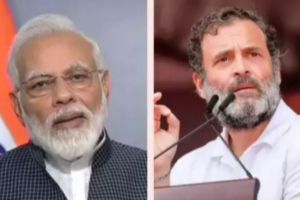The Supreme Court (coram: AK Sikri and Ashok Bhushan, JJ) had allowed the firing of ‘green crackers’ on Diwali within a time-frame ~ between 8 p.m and 10 p.m. For Christmas and New Year celebrations, the timeline was from 11:55 p.m to 12:30 a.m. The court also barred the manufacture, sale and bursting of chain firecrackers. Also banned was the sale on sale on e-commerce websites.
The SC order is an attempt to curb the noise and air pollution. The court has asked the central and state pollution control authorities to carry out short-term monitoring for two weeks before and after Diwali for ascertaining the Particulate Matter such as barium, iron, aluminum etc. The Petroleum and Explosives Safety Organisation (PESO) works on the regulation of public safety aspects related to explosive substances.
The ear-splitting noise and suffocating fumes associated with crackers has assumed alarming proportions in all major cities. Earlier the Supreme Court had pulled up the Delhi government for its lackadaisical attitude towards pollution from fire crackers, with the observation that the steps taken by the authorities were limited to directions in the form of “mere paper work.’
The apex court observed that the Central Pollution Control Board (CPCB) has neither taken any cognisance of nor conducted a study on the possible health hazards faced by children due to exposure to such chemicals. “School students should be encouraged to reduce if not eliminate, the bursting of fireworks as part of any festivities,” the Supreme Court iterated.
All major cities of India including its capital are severely affected by noise and air pollution during festivals. Delhi is one of the noisiest cities of the world. No one would expect Delhi, Kolkata Chennai, and Lucknow to be silent cities. But the citizen can reasonably expect a semblance of discipline so far as sound pollution is concerned.
A survey report indicates that tolerance limit of noise exists only for two to four hours. The remaining period may be described as organised anarchy caused by noise. The hearing power of eight persons out of 1000 citizens of Kolkata is extremely poor, some of them are almost deaf, and children are the most vulnerable. The victim of sound pollution gradually loses the ability to communicate. Sound plays a vital role in the communication of ideas and views.
To hear the sound may not necessarily be a horrifying experience. “The sound of music” is a rare and enchanting human experience. But when unwanted sound affects our eardrums, it produces stress and strain in the nervous system of the human brain. This can induce anger, violence, and other harmful emotional behaviour and may ultimately lead to mental illness.
The terrible sound of crackers or the chocolate bomb during the Pujas can be a horrible experience. Noise from audio-cassette shops, generators, cars, small factories, transportation of materials from iron godowns, street hawkers, rickshaws, can result in a psychosomatic effect.
Environmental sound pollution occurs even when a worker uses a simple pneumatic machine. Heavy industries and factories are largely responsible for increasing the level of noise in the metropolitan areas. The vexation level is subjective in nature. It is surprising that though the complex irritant is extremely detrimental to health, the people of Kolkata have become used to the menace.
According to experts, the hazard of sound pollution produces neurological stress which may ultimately lead to hypertension, gastritis, colitis, migraine and can even change the behavioural pattern of a person. Electroencephalography examination during sleep reveals that sleep can be disturbed if the sound level exceeds more than 55 decibels.
As a matter of fact, a change of air pressure against the air drums may cause momentary discomfort in the “middle ear” and it is the unequal distribution of pressure which is ultimately responsible for this discomfort. According to WHO guidelines, daily exposure to the noise level above 75 dB (A) for more than ten hours can impair hearing. The recommended Industrial/ occupational community (urban) maximum noise level is 55 and 45 dB (A) for the day and night respectively whereas the indoor domestic limit is only 45 & 35 dB (A) only.
It is gratifying to note that the University Grants Commission has introduced environment studies for all under-graduate students irrespective of their streams. The curriculum is broad-based and includes sound pollution as a topic. In addition to the academic approach, people in general must be made aware of the menace.
Like the Air Pollution Act, the central government deems sound pollution to be an offence that is punishable under the Indian Penal Code. The State and the Central Pollution Control Boards have also framed laws to check noise pollution. The Supreme Court and the Green Bench of Calcutta High Court have initiated commendable action. It is necessary to revamp the State Pollution Control Board.
The state’s environment department should enforce laws more stringently, ensure polluters to pay and be more vigilant so far as sound pollution in city areas is concerned. Laws against air horns should be strictly enforced by the administration. The silence zone of hospitals, schools and other educational institutions should not be disturbed. Most importantly, people’s awareness about the damaging effects of sound pollution must be aroused. Noise is a sign of regression and not the progress of today’s technology.
To quote a chief judge of the United States ~ “It is absolutely true that some judges are capable of learning as much science as is necessary before them, be it noise, air or water pollution. To improve the court’s ability particularly in noise pollution cases, it would be better if outside experts were invited. The contradictory expert opinion is hardly rare. The establishment of science court may solve many disputes in this regard. The proposed science court could be useful in exposing issues which are of immense importance and would allow the Honorable Judges and others to be educated about scientific and technical knowledge.”
Ideally, the firing of all sorts of crackers ought to be banned. There is no such thing as “green crackers”. The use of loudspeakers must also be included in the banned list.
The writer, a former Reader in Chemistry, Presidency College, was associated with UGC and UNICEF.











